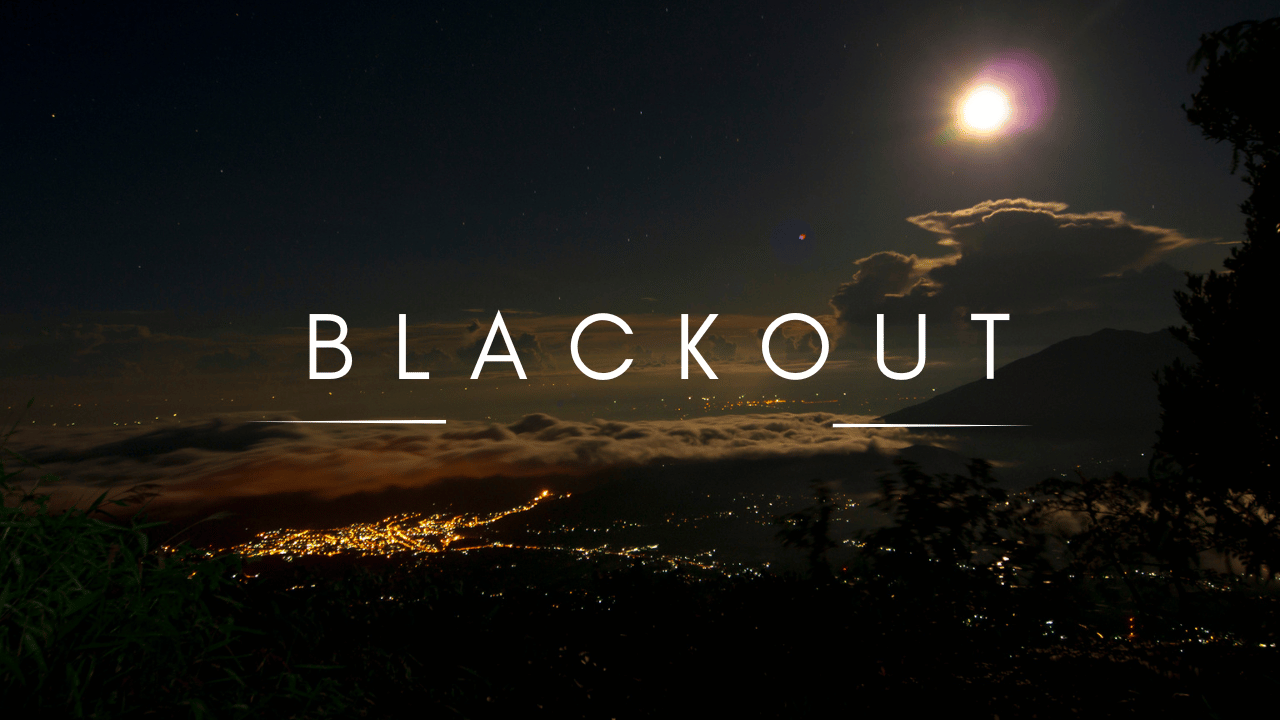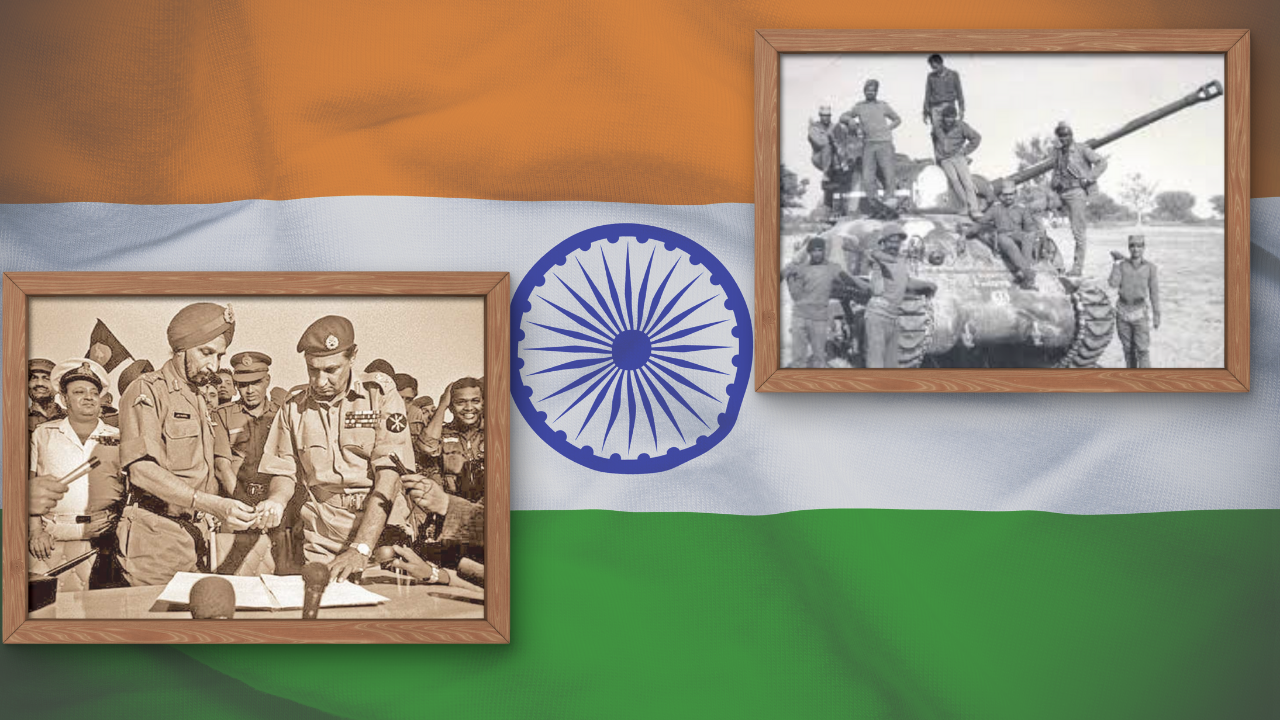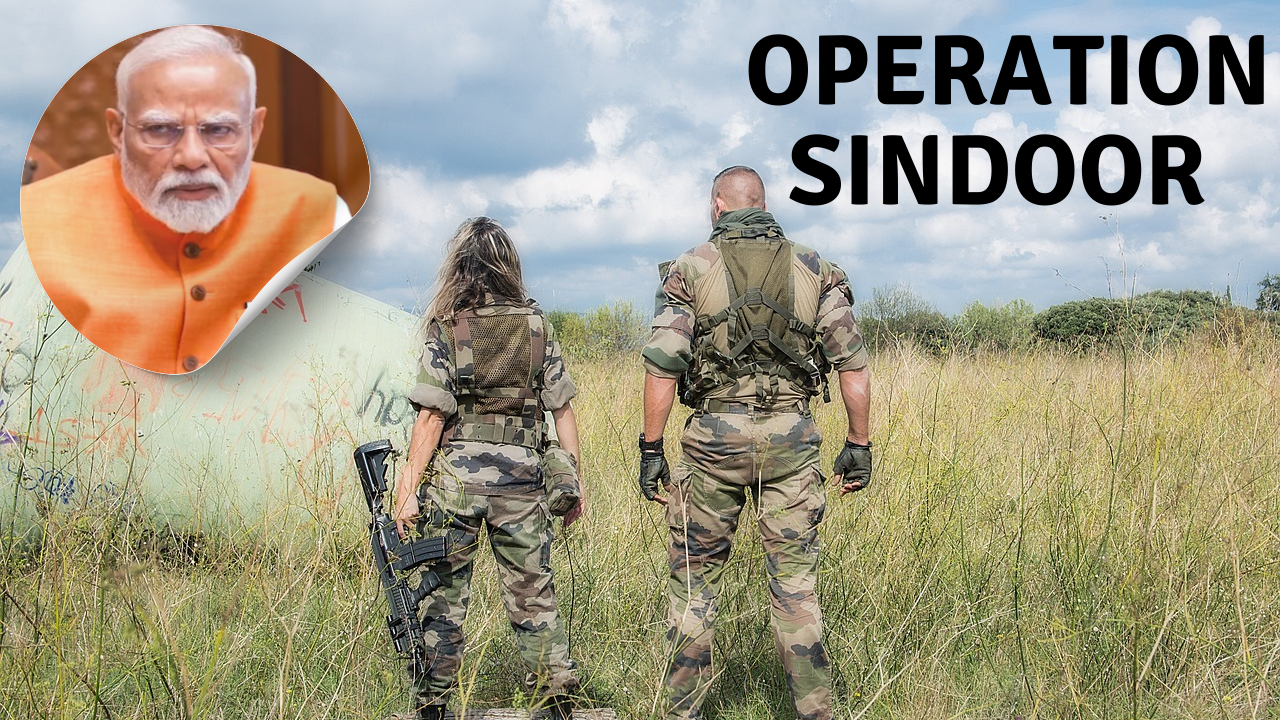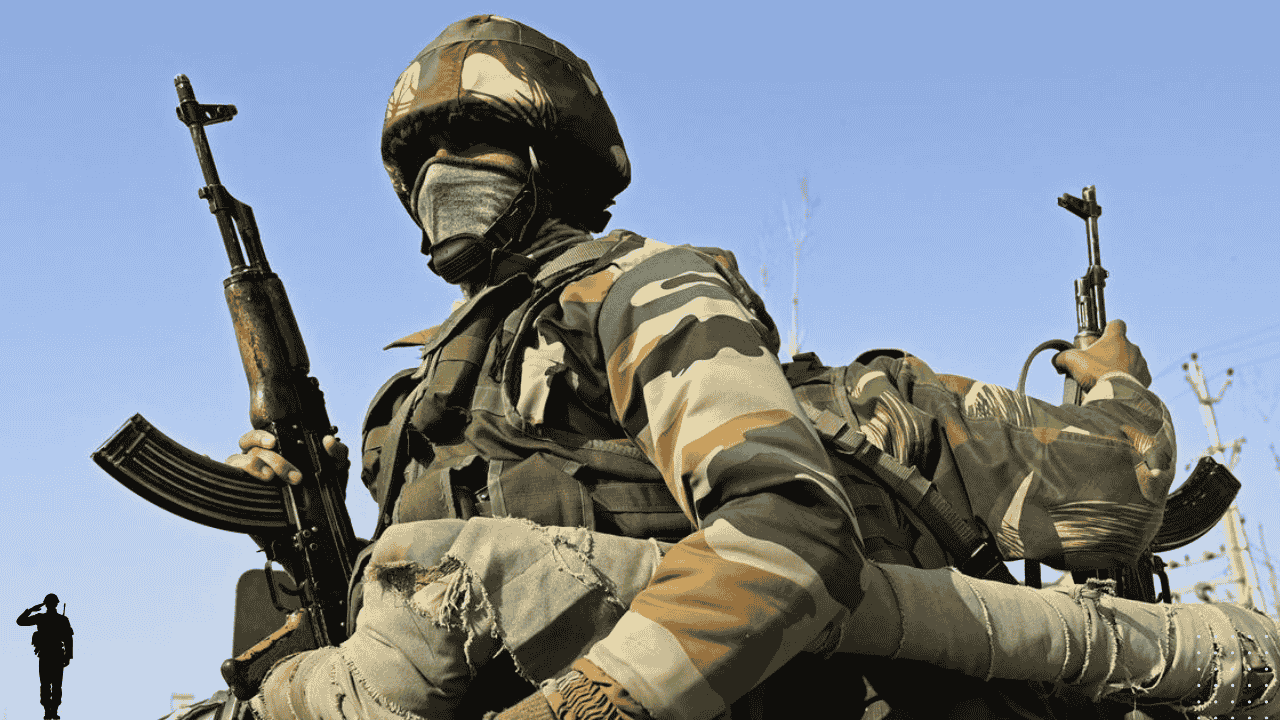Blackout: Causes, Effects, Safety Tips, and Global Incidents
What is a Blackout?
A blackout refers to a complete loss of electrical power in a specific region, city, or country.
It can last from a few minutes to several days depending on the cause and recovery time.
Blackouts are different from brownouts, which are partial reductions in power supply.
Types of Blackouts
Rolling Blackout
Controlled and pre-planned power outage.
Implemented by power companies to prevent grid failure.
Partial Blackout
Affects a specific area or section of a city.
Usually due to equipment failure or overload.
Complete Blackout
Widespread and affects entire cities or countries.
Often due to natural disasters or cyber-attacks.
Emergency Blackout
Sudden and unplanned.
Often caused by technical faults, overuse, or sabotage.
Major Causes of Blackouts
Natural Disasters
Cyclones, hurricanes, earthquakes, and floods can damage power infrastructure.
Overload on Power Grids
Sudden surge in electricity demand can crash the system.
Technical Faults
Transformer failures, short circuits, or outdated equipment.
Human Error
Mistakes during maintenance or switching operations.
Cyber Attacks
Hackers targeting energy infrastructure.
Terrorism or War
Sabotage or targeted missile strikes on power plants.
Immediate Effects of a Blackout
No Electricity
Total loss of lighting, fans, cooling, or heating systems.
Communication Breakdown
Mobile towers, internet routers, and data servers stop working.
Transport Disruption
Traffic lights go off, trains stop, airports face delays.
Healthcare Risk
Hospitals without backup power face equipment failure.
Security Concerns
CCTV, alarm systems, and emergency services may be affected.
Water Supply Problems
Pumping stations go offline, disrupting water supply.
Long-Term Impact of Repeated Blackouts
Economic Loss
Industries halt production leading to revenue loss.
Public Unrest
Frustration and panic due to prolonged power cuts.
Loss of Perishables
Food spoilage due to fridge and freezer shutdowns.
Impact on Education
Schools and colleges can’t function digitally or physically.
Health Hazards
Rise in heat strokes or cold exposure due to AC/heater failure.
Notable Blackouts in History
India, 2012
Over 620 million people affected.
Largest blackout in history.
New York City, 1977
Power outage led to widespread looting and arson.
Italy, 2003
Entire country went dark for 12 hours due to a tree falling on power lines.
Venezuela, 2019
Political crisis intensified due to a week-long blackout.
Texas, USA, 2021
Power grid failure during winter storm left millions without power.
Safety Tips During a Blackout
Keep Flashlights Handy
Avoid using candles to prevent fire hazards.
Unplug Appliances
Protect devices from power surge when electricity returns.
Store Drinking Water
Power outages can affect water purification systems.
Use Power Banks
Keep phones and essential electronics charged.
Keep Refrigerator Closed
To maintain temperature and avoid food spoilage.
Check on Elderly and Sick
They may need special care or medical devices.
Have a Battery-Powered Radio
Stay updated with official news if the internet is down.
How to Prepare for a Blackout
Install Solar Power or Inverter
Backup solutions for electricity.
Emergency Kit
Include torch, batteries, water, non-perishable food, and medicines.
Secure Data
Back up digital files regularly.
Fuel for Vehicles
Petrol pumps may not function during blackouts.
Portable Generators
Can support basic needs like lights and fans.
Government Measures to Prevent Blackouts
Grid Upgradation
Replacing old systems with smart grids.
Load Management
Monitoring and balancing electricity demand.
Renewable Integration
Using solar and wind to reduce pressure on traditional power plants.
Awareness Campaigns
Educating people on energy-saving techniques.
Cybersecurity Infrastructure
Protecting power grids from cyber threats.
Impact of Blackouts on Daily Life
Digital Dependency
Work-from-home professionals are the worst hit.
Entertainment Stops
OTT, internet, and cable TV go off.
Children & Education
Online learning is disrupted.
Mental Health Stress
Anxiety, especially during nighttime or in extreme weather.
Global Trends in Blackout Management
Microgrids
Small-scale localized grids for critical areas.
AI-Based Monitoring
Predictive analytics for grid performance.
Battery Storage
Large-scale lithium-ion storage for emergency supply.
Smart Meters
Real-time tracking of electricity usage.
Blackout Rule Across India – Complete Overview
What is the Blackout Rule?
The blackout rule is a temporary and symbolic lights-off event organized either nationwide or at the state level, where residents are requested to switch off all lights and electrical appliances for a specific time.When is the Blackout Held?
The date and time vary based on administrative or national directives.
For example, Bareilly district observed a blackout on May 7, 2025, from 8:00 PM to 8:10 PM.
Purpose of the Blackout Rule:
To honor national heroes or martyrs
To show solidarity in times of national grief or crisis
To raise awareness for environmental or social causes
To support national defense initiatives or mock drills
States Following the Rule (Recent Instances):
Uttar Pradesh (e.g., Bareilly)
Haryana
Rajasthan
Punjab
Delhi NCR (in selected events)
More states join based on central directives
General Instructions for Residents:
Switch off all indoor and outdoor lights
Power down electrical appliances and gadgets
Avoid use of mobile torches, candles, or emergency lights
Stay indoors and avoid travel during blackout time unless urgent
Applies to All Sectors:
Residential homes
Commercial establishments
Educational institutions
Government buildings
Industrial units (if included in advisory)
Duration of Blackout:
Typically ranges from 5 to 15 minutes, depending on the objective of the event.Voluntary or Mandatory?
The blackout is usually voluntary
No fines or penalties are imposed
Participation is encouraged as a civic gesture
Safety Measures to Take:
Charge mobile phones beforehand
Ensure emergency lights or torches are ready (but use only if necessary)
Inform family members, especially children and elderly
Keep stairways and entry points clear of obstacles
Essential Services Exempted:
Hospitals
Fire departments
Police stations
24×7 power backup facilities for emergencies
Airports, railways, and traffic systems (partial exemptions)
Public Advisory by Authorities:
Issued via District Magistrates, Municipal Corporations, or Power Departments
Often spread through local news, WhatsApp, and social media channels
Social Impact:
Promotes unity and public consciousness
Highlights causes such as energy saving or national pride
Builds awareness of civil responsibility
Does It Save Electricity?
In large-scale blackouts, minor short-term energy savings are noted
However, the focus is more symbolic than utilitarian
Role of Media:
Media houses help spread the alert
Live coverage or post-blackout visuals often go viral online
How to Stay Updated:
Follow your local electricity board’s announcements
Stay connected to local news portals and government circulars
Look out for notices from RWAs or Panchayats
FAQs About Blackout
What is a blackout?
A blackout is a complete loss of electrical power in a given area.What causes a blackout?
Causes include natural disasters, grid overloads, cyber attacks, and equipment failure.How long can a blackout last?
It may last from minutes to several days, depending on the cause.What should I do during a blackout?
Stay calm, use flashlights, unplug devices, and avoid opening the fridge unnecessarily.Are blackouts dangerous?
Yes, they can affect hospitals, security systems, and lead to accidents or health issues.Can I use candles during a blackout?
It’s not recommended due to the risk of fire. Use LED lights or torches.What is the difference between a blackout and a brownout?
A blackout is a total loss of power; a brownout is partial or voltage drop.Is it safe to use a generator during a blackout?
Yes, if installed properly and kept in a ventilated area.How can I prepare for future blackouts?
Keep emergency supplies, invest in power backups, and stay informed.Can blackouts be prevented?
To an extent, yes – through better infrastructure, demand management, and public cooperation.
Read More :-



























